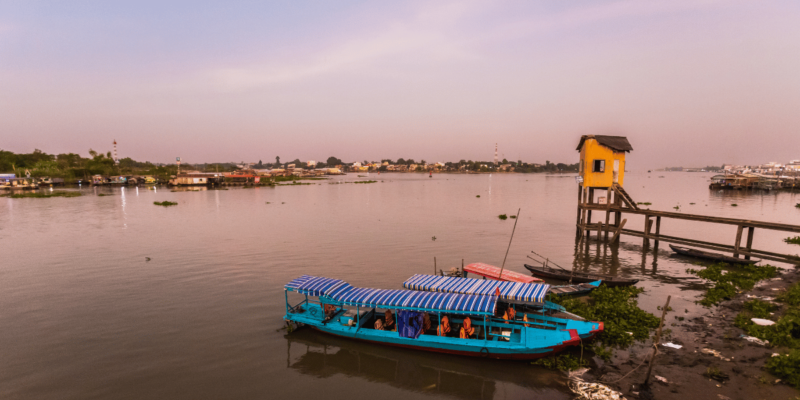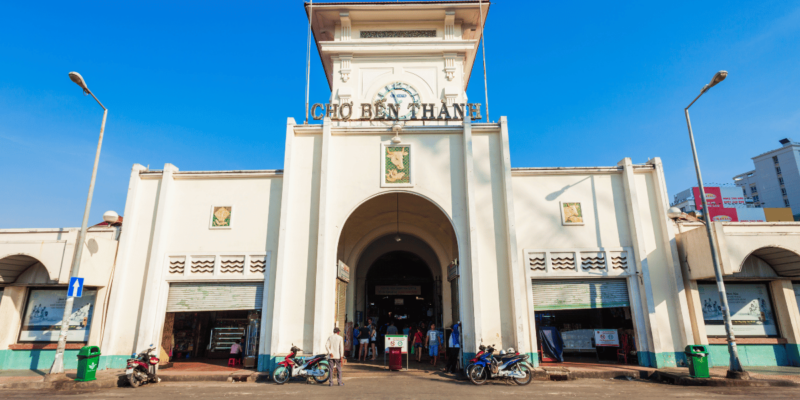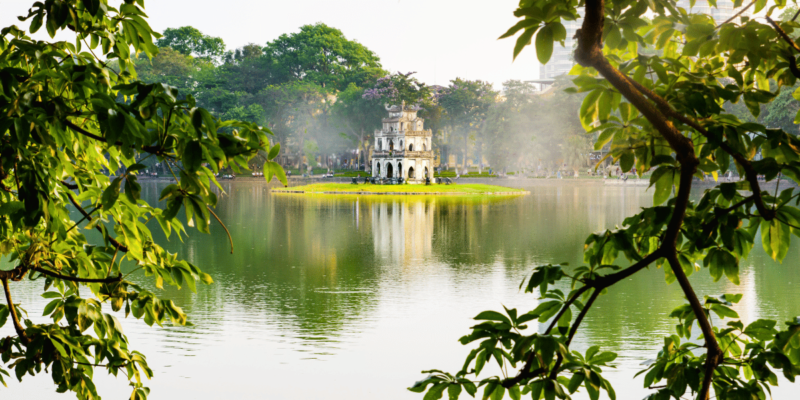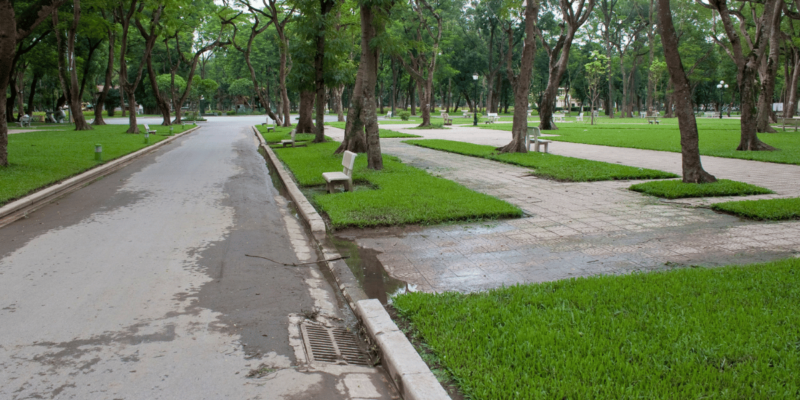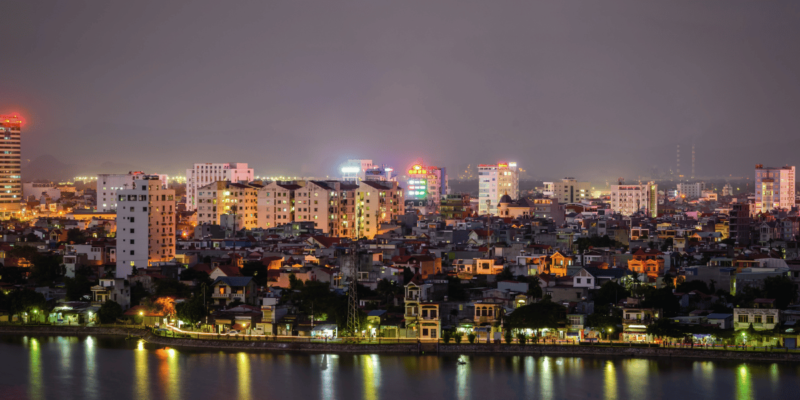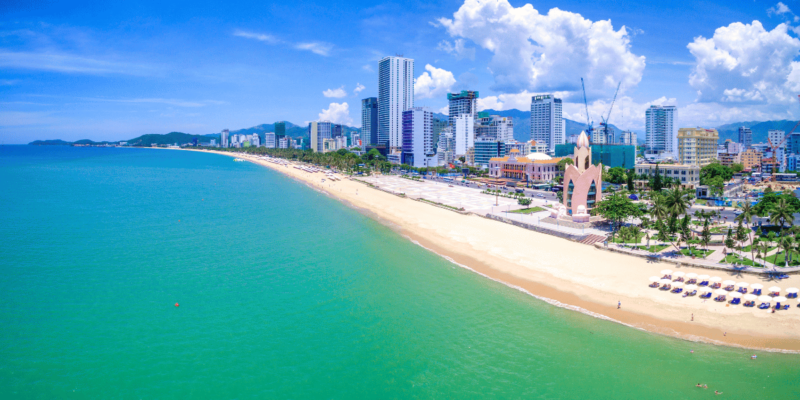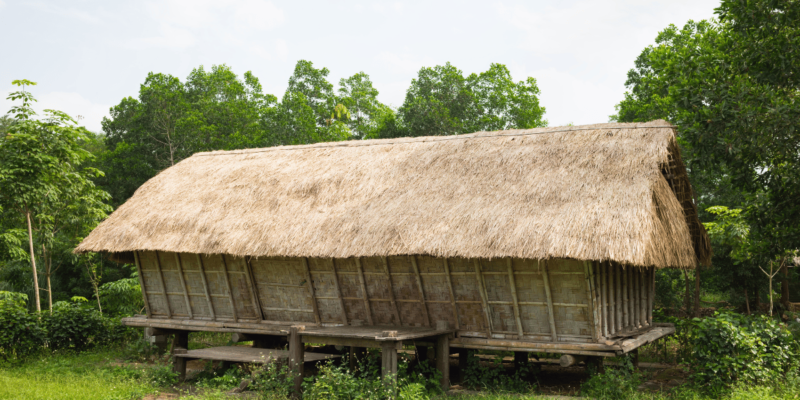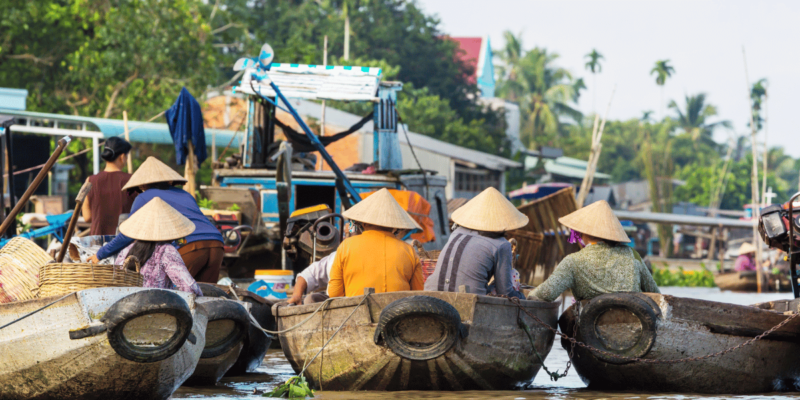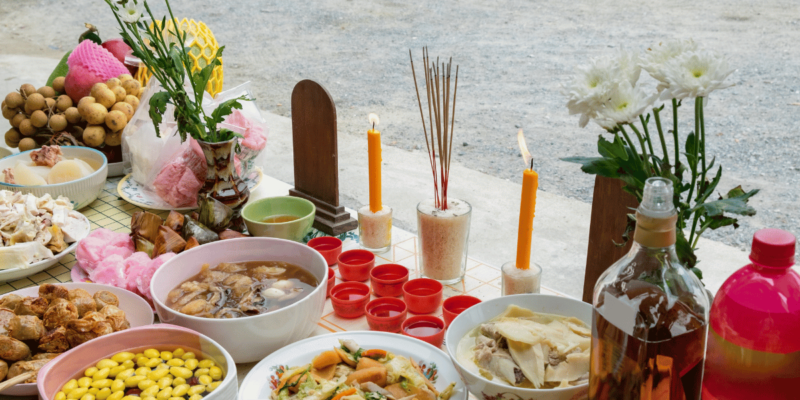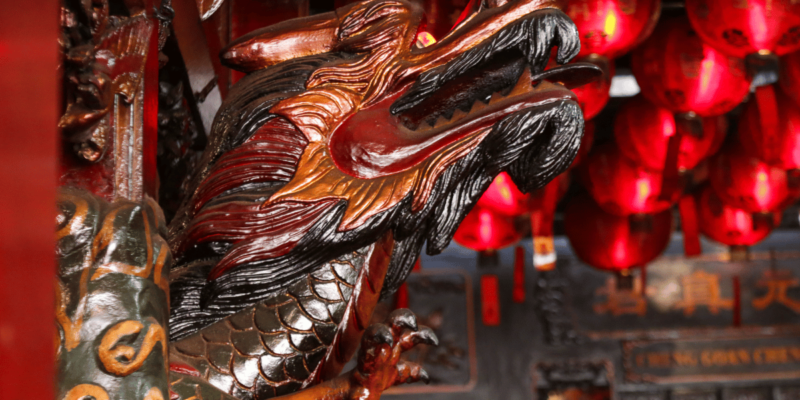Vietnamese Cuisine, Traditions and Etiquette
Vietnamese cuisine, deeply rooted in the agrarian culture of the region, offers a stunning array of flavors that are both complex and harmonious, reflective of the country’s diverse climates and cultural influences.
Local Ingredients and Seasonal Variations
The backbone of Vietnamese cuisine is its reliance on fresh, local ingredients that follow the seasons. Markets overflow with a variety of greens, herbs, fruits, and vegetables that vary from one region to another, influencing the local dishes profoundly. For example, the abundance of fresh herbs like mint, cilantro, and basil is central to many dishes, adding fresh, aromatic flavors that define Vietnamese food.
Fish sauce, a critical ingredient, varies in flavor, color, and viscosity from north to south. In the north, it tends to be lighter and clearer, while in the south, it is darker and more robust. This essential condiment is made from fermented fish and salt, and it imparts a rich umami flavor to countless Vietnamese dishes.
Traditional Cooking Techniques
Vietnamese cooking techniques are as varied as the ingredients. Steaming is a preferred method for many dishes, preserving the food’s natural flavors and nutrients. Grilling over open flames, using both wood and charcoal, imparts a smoky flavor that is characteristic of many Vietnamese street foods, such as grilled pork skewers.
Frying is less common but still crucial for dishes like Bánh Xèo (crispy pancakes) and spring rolls. These dishes are often served with a plethora of fresh vegetables and herbs, highlighting the Vietnamese penchant for balance and freshness.
Regional Culinary Specialties
Each region in Vietnam offers unique dishes that tell stories of the local culture and lifestyle. The north, with its cooler climate, produces dishes that are subtly flavored and less spicy. Pho, Vietnam’s most famous dish, originates from the north and is typically enjoyed at breakfast.
Central Vietnam, known for its imperial culinary history, offers some of the most colorful and spicy foods with complex flavors, such as Bún Bò Huế, a spicy beef noodle soup. The royal past of Hue influences its cuisine, with elaborate meals consisting of many small dishes.
The southern region, with its fertile Mekong Delta, offers a vibrant culinary scene with bold flavors and an emphasis on sweet and spicy. Dishes like Cà ri gà (Vietnamese chicken curry) reflect the abundance of coconut and fruits like mango and papaya, which are prevalent in the south.
Modern Adaptations and Global Influence
As Vietnam’s exposure to global cultures has increased, so has the evolution of its cuisine. Young chefs in Vietnam are experimenting with traditional dishes by incorporating new ingredients and techniques, presenting Vietnamese cuisine in a more modern light. This fusion is most evident in urban centers like Ho Chi Minh City and Hanoi, where international restaurants thrive alongside traditional eateries.
Furthermore, the Vietnamese diaspora has introduced Vietnamese cuisine to the world, adapting traditional recipes to suit global palates and available ingredients abroad. This global presence has reciprocally influenced food trends in Vietnam, with international dishes being adapted using Vietnamese ingredients.
Culinary Education and Preservation
Recognizing the importance of preserving this rich culinary heritage, several institutions in Vietnam now offer courses in traditional cooking techniques. These courses are not only aimed at training future chefs but also at educating the youth and international visitors about the depth and breadth of Vietnamese cuisine.
Food museums and annual food festivals also play a crucial role in educating the public about the history and evolution of Vietnamese cuisine, ensuring that this cultural wealth is appreciated and preserved for future generations.
These comprehensive efforts highlight the significance of food as a pivotal element of Vietnamese culture, embodying the spirit of its people and the richness of its history.



